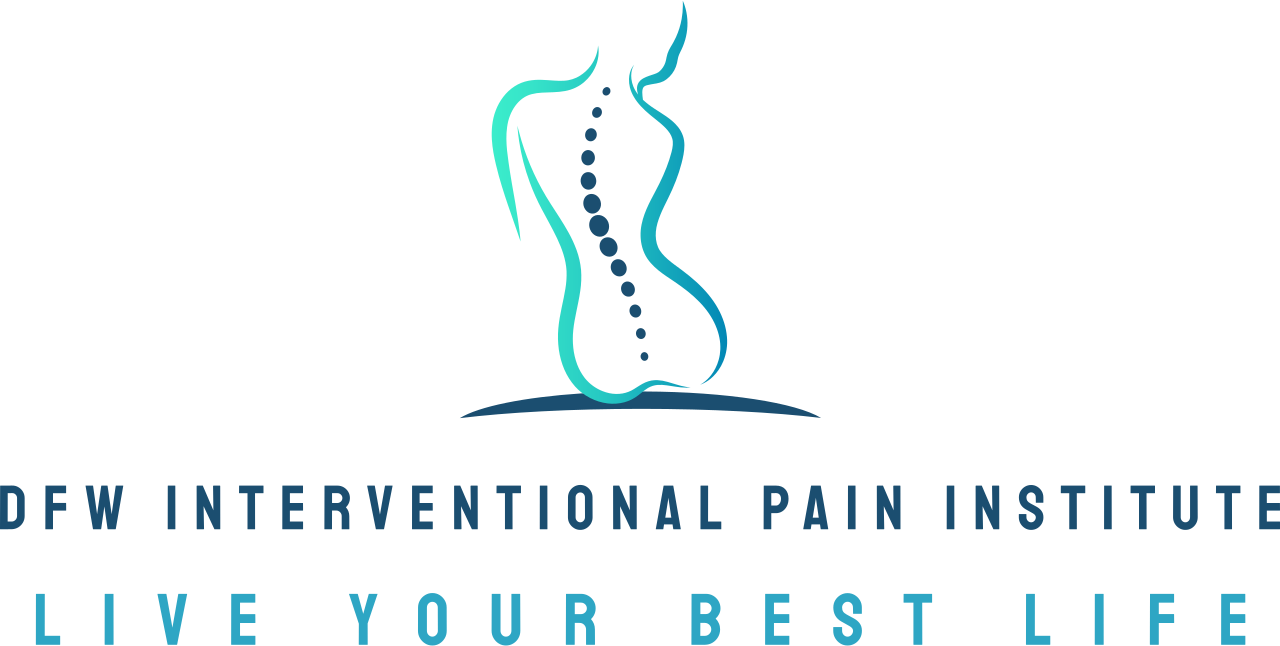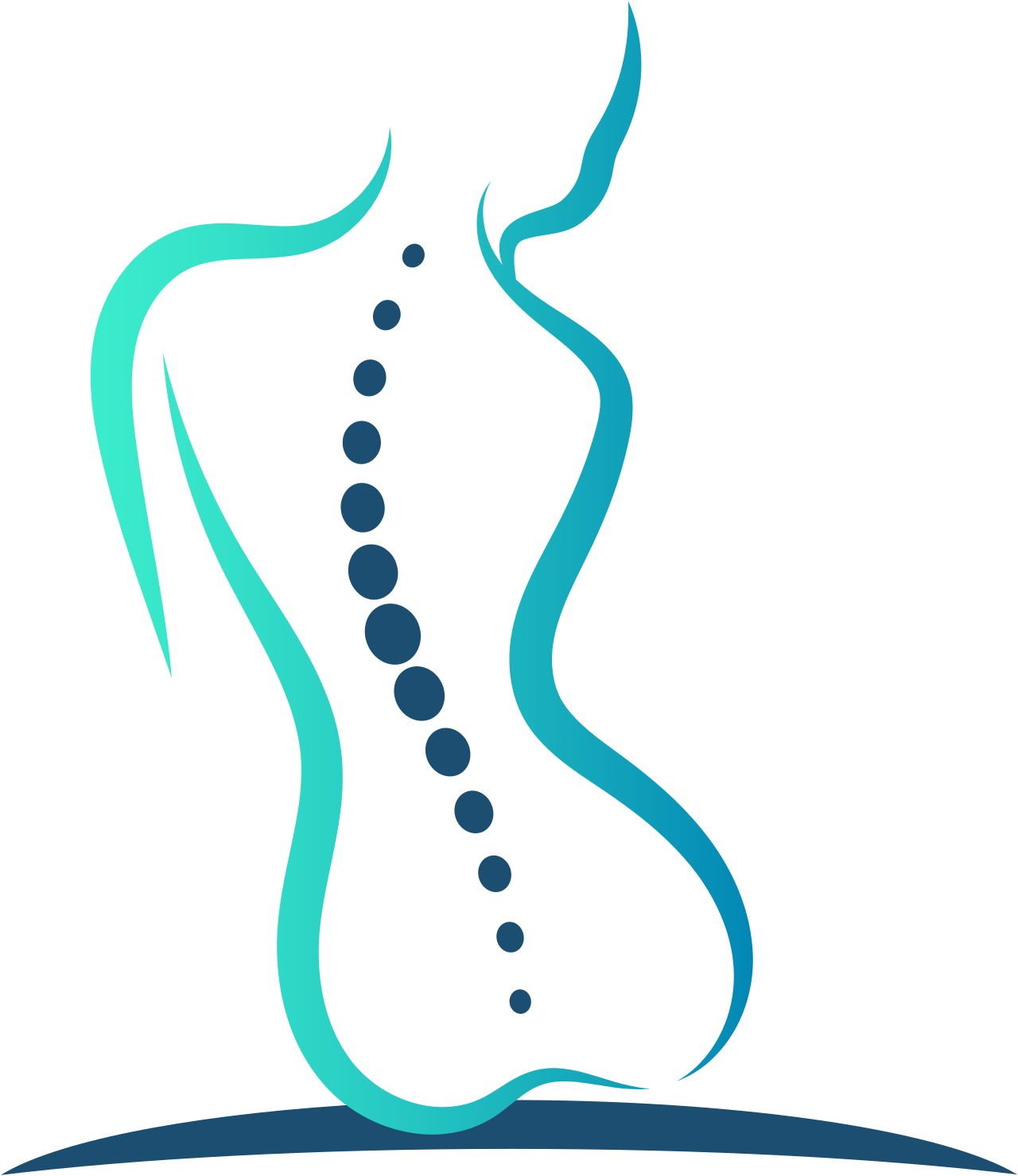Top stretches you can do to relieve back pain
Back pain—whether it's an occasional ache or a chronic condition—has become a common complaint for many of us. Studies show that nearly 80% of adults experience back pain at some point in their lives, impacting their daily routines, productivity and even emotional well-being. If you’ve found yourself avoiding activities because of a sore back, you’re not alone.
Fortunately, one of the most effective ways to manage back pain doesn’t require expensive treatments or hours at the gym. Stretching is a simple but powerful remedy to relieve muscle tension, improve flexibility and encourage better posture—all of which contribute to a healthier, pain-free back. Below, we’ll explore five of the best stretches you can start doing today to alleviate the most common types of back pain.
First, why stretching is key to managing back pain
Stretching isn’t just about touching your toes or loosening up before a workout. For back health, it does so much more:
Relieves tension: Back muscles often feel tight due to poor posture, prolonged sitting or stress. Stretching helps release this built-up tension.
Improves flexibility: Increased flexibility can reduce strain on your spine and surrounding muscles, making it easier to move without discomfort.
Boosts circulation: Stretching improves blood flow to your back, helping nourish the muscles and tissues with oxygen and nutrients, which can accelerate healing.
By incorporating targeted stretches into your routine, you’ll not only find relief from existing pain but also prevent future discomfort.
5 stretches to relieve back pain
Here are five stretches, each tailored to target specific types of back pain. These stretches are gentle and suitable for most fitness levels. Always listen to your body—if something feels painful, stop immediately and consult a professional.
1. Cat-Cow Stretch (Lower Back Pain Relief)
This classic yoga pose is excellent for loosening up tension in the lower back while promoting better flexibility in the spine.
How to do it:
Start on all fours with your wrists under your shoulders and knees under your hips.
On an inhale, arch your back by tilting your pelvis upward and lifting your head and chest (Cow Pose).
On an exhale, round your back, tuck your chin to your chest, and pull your belly button toward your spine (Cat Pose).
Continue alternating between the two poses for 8–10 breaths.
Why it works: This stretch gently mobilizes the spine while improving circulation to the lower back muscles.
2. Child’s Pose (Lower Back Relaxation)
Child’s Pose is a restorative stretch that helps lengthen and relax the lower back.
How to do it:
Kneel on the floor with your big toes touching and knees spread apart.
Extend your arms forward as you sit back onto your heels. Rest your forehead on the ground.
Hold the pose for 30 seconds to 1 minute, breathing deeply.
Why it works: This calming stretch eases pressure in the lower back and gently elongates the spine.
3. Doorway Stretch (Upper Back and Shoulder Relief)
If your upper back pain is due to poor posture or desk work, the Doorway Stretch is a game-changer.
How to do it:
Stand in a doorway with your arms bent at 90 degrees, elbows in line with your shoulders.
Place your hands on the doorframe and step one foot forward, gently leaning into the stretch.
Hold for 20–30 seconds, then switch sides.
Why it works: This stretch opens up the chest and upper back, counteracting the hunch caused by sitting or slouching.
4. Seated Twist (Upper Back and Spinal Mobility)
The Seated Twist is perfect for alleviating mid-to-upper back tension while improving spinal mobility.
How to do it:
Sit on a chair with your feet flat on the floor.
Place your right hand on your left knee and your left hand on the back of the chair.
Gently twist your torso to the left, keeping your spine elongated.
Hold for 20–30 seconds, then repeat on the other side.
Why it works: This stretch targets the often-neglected muscles along your spine, keeping your back flexible and pain-free.
5. Cobra Stretch (Full Back Relief)
For overall back pain, the Cobra Stretch can help decompress the spine and improve mobility.
How to do it:
Lie face down with your hands under your shoulders.
Push through your palms to lift your chest, keeping your elbows slightly bent.
Hold for 15–20 seconds, breathing evenly, then lower yourself back down.
Why it works: This stretch engages the full length of your back, providing soothing relief while improving spinal alignment.
Integrating stretching into your daily routine
Stretching isn’t just a one-and-done fix; consistency is key. Here are some tips to make these stretches part of your daily life:
Morning routine: Start your day with 5 minutes of stretching to set the tone for the day.
Midday break: If you sit for long hours, take a stretch break during lunch to reduce stiffness.
Evening wind-down: Incorporate these stretches into your bedtime routine to relax your back and improve sleep quality.
And remember—always focus on proper form and listen to your body. Stretching should feel good, not painful.
When to seek professional help for back pain
While stretching can alleviate mild to moderate back pain, it may not address underlying health issues. If you’ve been experiencing back pain that persists for more than six months or significantly interferes with your daily life, it’s time to consult a professional.
At DFW Interventional Pain Institute, Dr. Edrick Lopez and our team specialize in diagnosing and treating chronic back pain. Dr. Lopez is double board-certified and offers comprehensive treatment plans tailored to your individual needs. Whether through physical therapy, minimally-invasive procedures or medication, we're committed to helping you live a pain-free life.
Contact DFW Interventional Pain Institute if your back pain persists
Regular stretching isn’t just a short-term fix; it’s an investment in your back’s long-term health. By keeping your muscles flexible, your posture aligned and your spine supported, you’ll find it easier to stay active and avoid future injuries. Combined with professional care when needed, these simple practices can transform how you manage and prevent back pain.
If chronic back pain has been holding you back, don’t hesitate to contact us at DFW Interventional Pain Institute. A comprehensive solution might just be a call away.

